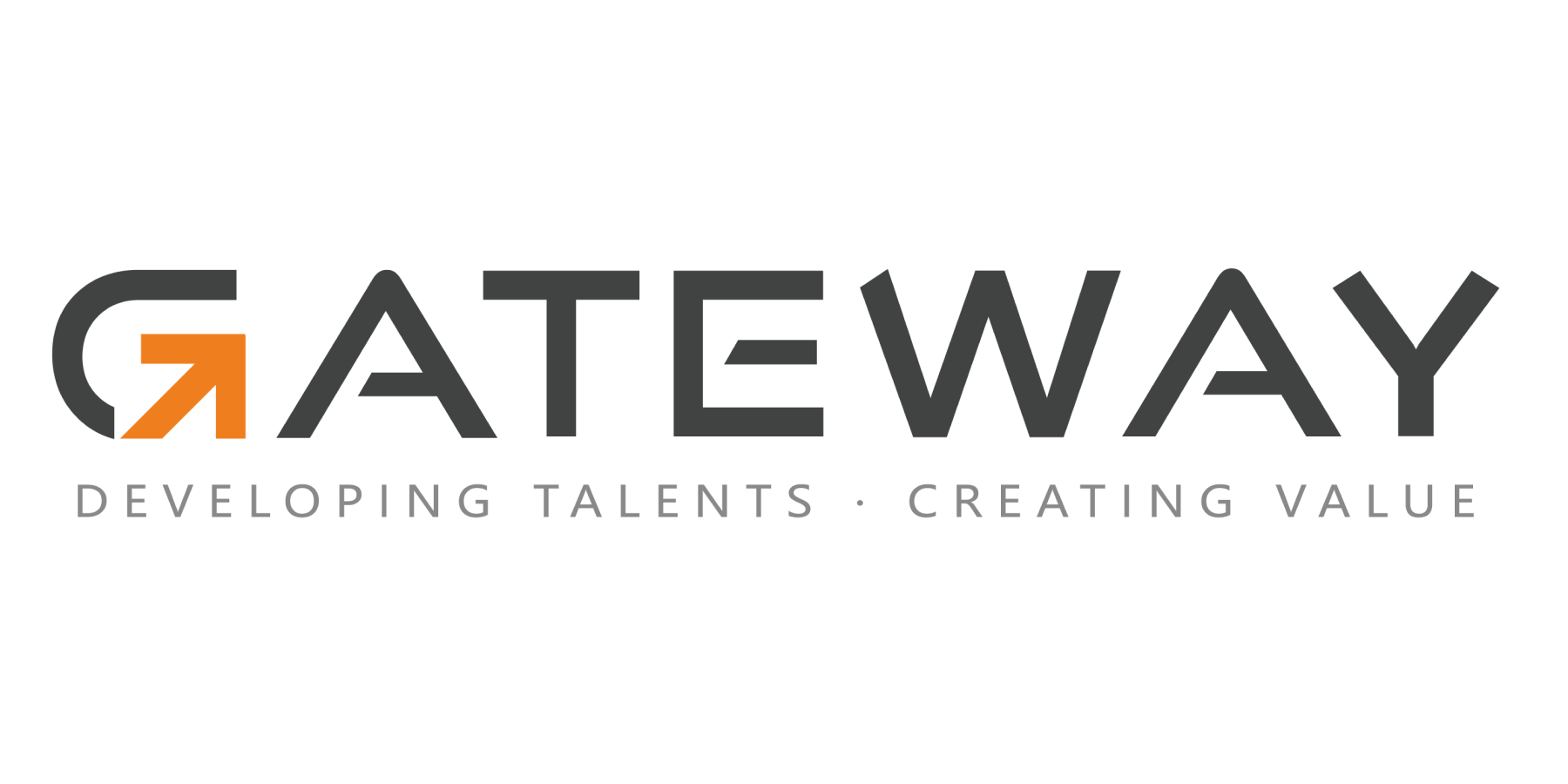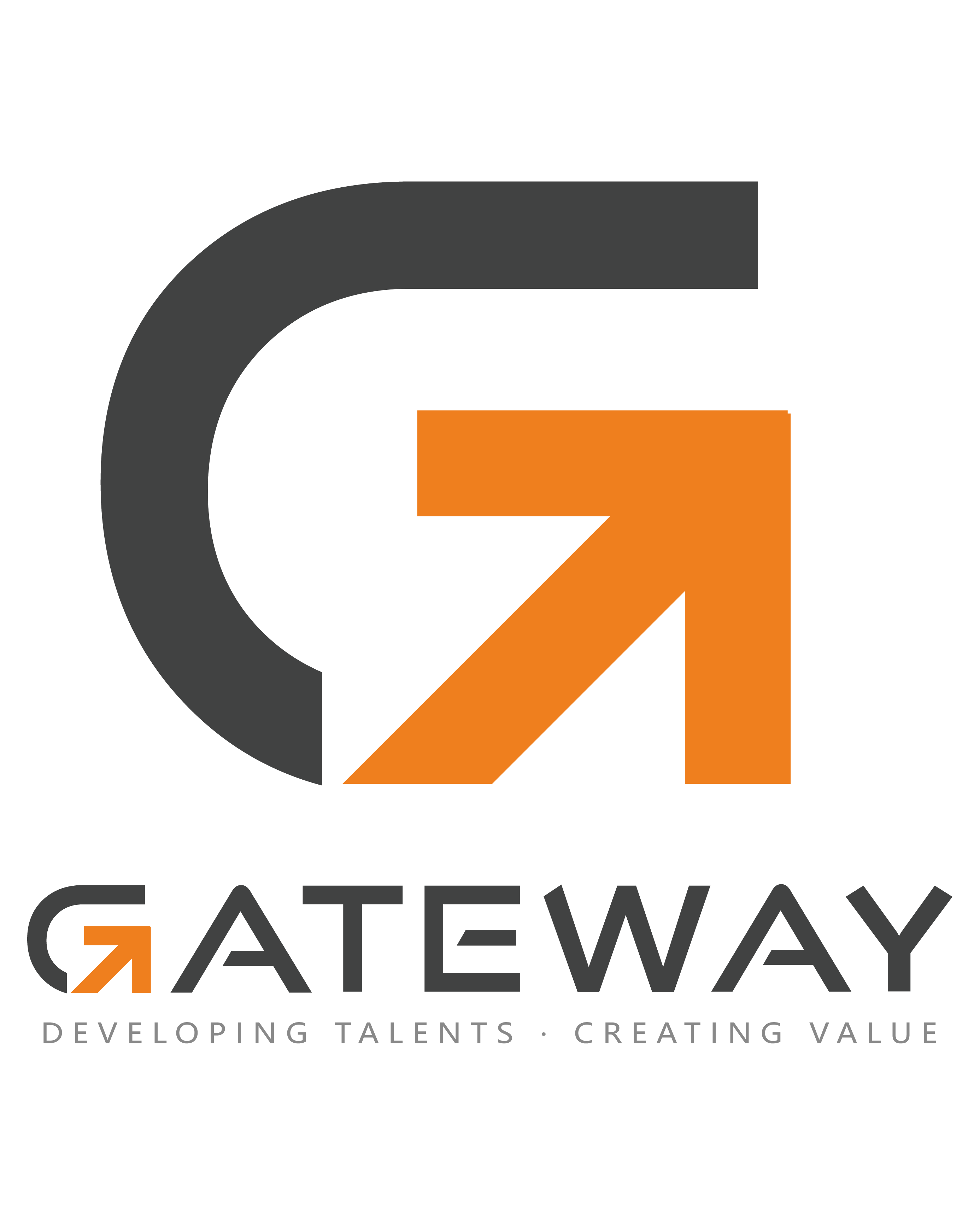- 学员将学习如何进行风险管理和投资组合优化Conducting risk management and portfolio optimization: participants will learn how to conduct risk management and portfolio optimization
- 学员将学习如何使用Python编写代码来构建和执行量化投资策略Building Quantitative Investment Strategies: Participants will learn how to write code to build and execute quantitative investment strategies using Python.
- 学员将学习如何使用Python编程语言进行量化投资Acquire Python programming skills: Participants will learn how to use the Python programming language for quantitative investing
- 他们将了解投资组合理论、风险管理、交易策略的开发和优化等关键概念They will understand key concepts such as portfolio theory, risk management, and trading strategy developm
- 学员将学习量化投资的基本概念、原理和方法。Participants will learn the basic concepts, principles and methods of quantitative investing.
《Python与量化投资》是一门将Python编程与金融投资策略相结合的课程。课程首先介绍Python中的高级工具,如面向对象编程、模块和包、标准库等,然后深入讲解如何在金融数据中应用Python,包括获取金融数据的方法。
接下来,课程将指导您如何用Python计算和比较证券的收益率,包括单一证券和证券投资组合的收益率,以及如何理解和计算金融市场指数的收益率。同时,课程也将讲解如何衡量投资风险,包括计算证券和投资组合的风险,理解系统性风险与特质性风险,以及如何计算投资组合的可分散和不可分散风险。
此外,课程还将引导您使用回归进行金融分析,包括简单回归和多元回归分析。课程将介绍马科维茨投资组合优化理论,并教您如何用Python获取有效边界。课程还将深入讲解资本资产定价模型,包括计算证券的β系数、预期收益,以及如何获取夏普比率。
最后,课程将介绍蒙特卡洛模拟决策工具,包括其本质、在企业融资环境中的应用,以及如何用它进行股票价格的预测和期权定价。总的来说,这门课程将为您提供一套全面的Python量化投资工具,帮助您更好地理解和应用量化投资策略。
A Practical Guide to Quantitative Investing with Python: from Beginner to Advanced is a practical course designed to teach participants how to use Python for quantitative investing. The following is an introduction to the main content and learning objectives of the course:
1. Fundamentals of Quantitative Investing: The course begins with the basics of quantitative investing, including portfolio theory, market analysis methods, and trading strategy development. Participants will learn how to utilize quantitative methods and data analysis to support investment decisions, as well as master basic financial indicators and technical analysis tools.
2. Python Programming Fundamentals: The course will provide basic knowledge and skills in Python programming, including syntax, data structures, and the use of common libraries. Participants will learn how to use Python for data processing, visualization and model construction, laying a solid foundation for subsequent quantitative investment practice.
3. Financial Data Analysis and Processing: Participants will learn how to use Python to process financial data, including data acquisition, cleansing, transformation and storage. They will learn how to use the Pandas library for data manipulation and analysis, and how to utilize the NumPy library for numerical computation and statistical analysis.
4. Technical Indicators and Trading Strategies: The course will introduce commonly used technical indicators and trading strategies, and teach participants how to use Python to write code to calculate and apply these indicators. Participants will learn how to formulate trading rules, execute trading orders, and use Python for strategy backtesting and optimization.
5. Risk Management and Portfolio Optimization: Participants will learn how to perform risk management and portfolio optimization. The course will introduce modern portfolio theory and optimization methods, and teach participants how to use Python for portfolio construction and optimization.
6. Hands-on projects and case studies: Participants will have the opportunity to conduct hands-on projects and case studies to practice quantitative investing through real-world problems and data. They will apply the knowledge and skills learned to develop their own quantitative investment strategies, backtest and optimize them.
By studying "Python Quantitative Investing Practical Guide: From Beginner to Advanced", participants will gain a complete set of quantitative investment skills and knowledge, and will be able to develop, backtest and optimize quantitative investment strategies using the Python programming language. The course focuses on real-world applications and practices to help students improve their investment and trading abilities in the financial markets.
- Python初学者 Python for beginners
- 数据科学家和分析师 Data scientists and analysts
- 金融专业人员 Financial professionals
- 投资者和交易员Investors and traders
课程有效期:
自购买课程之日起 365 天,部分参与营销活动产品以活动规则为准,请同学在有效期内学习、观看课程。
上课模式:
课程采取录播模式,请注意自学课无班级微信群、班主任带班及助教批改服务。
注:自学课不支持退款,确保你是真的需要再进行报名,报完名之后还请认真学习。

